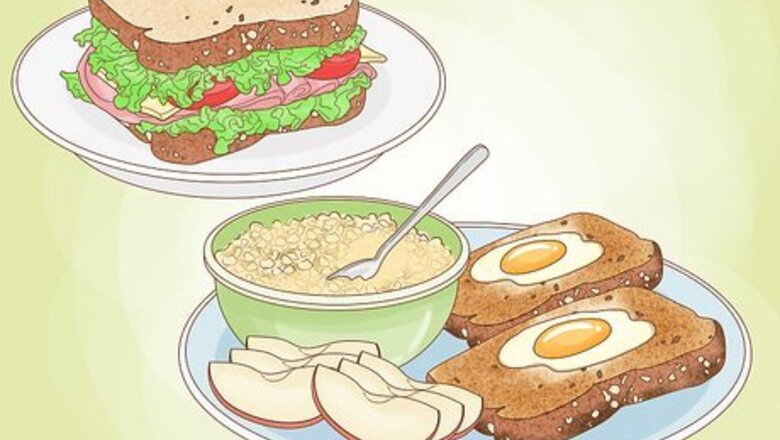
views
Reducing Chocolate Cravings
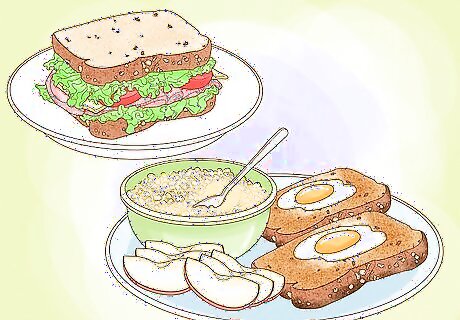
Eat fulfilling meals. Eating meals rich in fiber and protein will make you feel fuller for longer, helping you to reduce your cravings. For breakfast, eat a bowl of oatmeal or two eggs with toast and a side of fruit. Make a turkey sandwich packed with lettuce, tomatoes, and a boiled egg for lunch. When dinner comes around, eat protein-rich foods like chicken or beef with a side of vegetables and a dinner roll. Other foods rich in fiber are raspberries, apples, bananas, pasta, brown rice, whole wheat bread, beans, almonds, broccoli, Brussels sprouts, corn, and potatoes. Foods rich in protein are chicken, fish, beef, pork, tofu, yogurt, beans, eggs, and cheese.
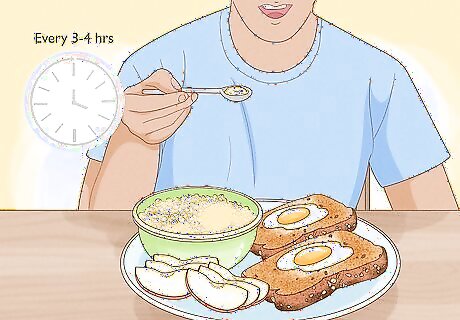
Avoid skipping meals. Skipping meals can cause you to crave foods high in sugar, or reach for a quick fix like a chocolate bar. By eating every 3 to 4 hours, you can reduce hunger pains throughout the day. Eating meals every 3 to 4 hours will help keep your metabolism stable as well.

Drink water. Being thirsty is often mistaken for being hungry. The next time you are hungry and craving chocolate, drink a full glass of water. Additionally, drink water with your meals and in between meals. It is recommended that you drink 8 cups (1.9 l) to 13 cups (3.1 l) of water per day.

Add magnesium-rich foods to your diet. You may be craving chocolate because you have a magnesium deficiency. Because chocolate contains high levels of magnesium, your body may be craving it to boost your levels. Foods high in magnesium are almonds, bananas, cashews, tofu, milk, corn, and broccoli. Common symptoms of a magnesium deficiency include dizziness, shaking, an irregular heartbeat, twitching, and in extreme cases, seizures. If your magnesium deficiency is severe, contact your doctor.
Replacing the Habit
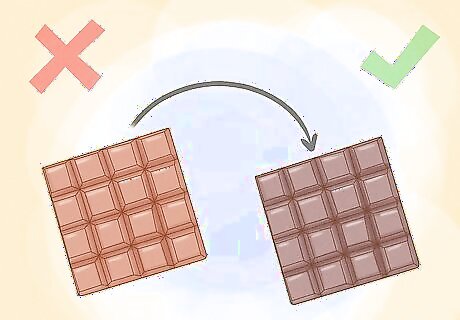
Replace milk chocolate with dark chocolate. Look for chocolate that contains at least 70 percent cocoa. The darker the chocolate the better. Not only is dark chocolate healthier than milk chocolate, it is also richer. Eating 2 to 3 squares of dark chocolate instead of your regular candy bar should do the trick.
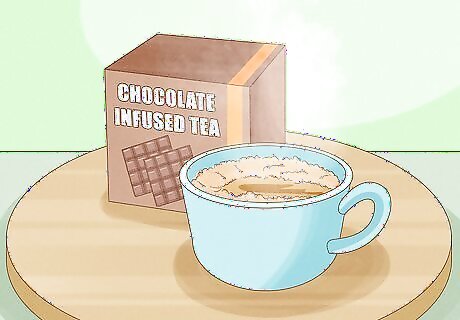
Drink chocolate-infused tea. Chocolate-infused tea will give you the taste of chocolate without all of the added sugar and fat. Whenever you are craving chocolate, make yourself a mug of chocolate tea. You can purchase chocolate-infused teas online or from your local health food store. Alternatively, drink any type of herbal tea instead of eating chocolate, like English breakfast or dandelion.
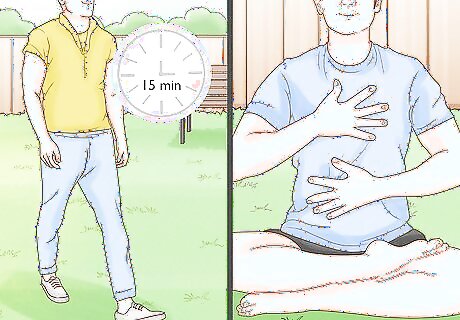
Take a 15-minute walk outside. Stress could be causing you to indulge in chocolate. Instead of eating chocolate after a test or before an important meeting, go walk outside for at least 15 minutes. The fresh air and increased blood circulation should reduce your stress levels. Alternatively, do breathing exercises for one minute. Find a quiet place. Close your eyes. Breathe in through your nose, filling your stomach. Then exhale through your mouth.

Brush your teeth whenever you feel like eating chocolate. Brushing your teeth will distract you from your urge to eat chocolate. Additionally, since the taste of toothpaste does not mix well with chocolate, brushing your teeth may prevent you from wanting to eat it afterward.
Logging Your Chocolate Intake
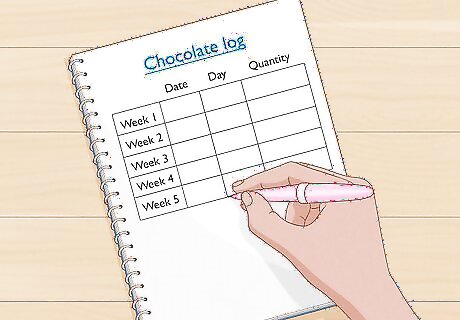
Keep a chocolate log for one week. Record the time of day, what you ate, and how much of it you ate. Write down what you were doing and feeling 30 minutes before eating the chocolate. Also write down how the chocolate made you feel afterward. For example, write down if it made you feel safe, confident, loved, understood, happy, or less stressed or anxious.
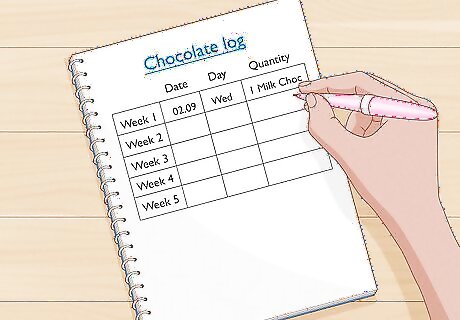
Review your log after one week to identify your triggers. Look at what you did before you ate the chocolate and how it made you feel immediately afterward. Try to make a connection between the activities, your feelings, and the chocolate to see what triggers you to eat it. You may discover that feelings of stress are triggering you to eat chocolate. If you tend to eat chocolate to help you feel more confident or happy, then you may be suffering from insecurity issues or depression.
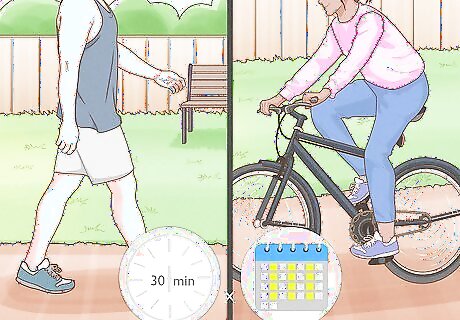
Exercise to relieve stress and anxiety. If you are eating chocolate due to stress or anxiety, then try exercising for at least 30 minutes, 3 days a week. Exercise by walking, biking, running, or by joining an intramural sports team at school or your local gym. You can also relieve stress and anxiety by meditating or by practicing breathing exercises.
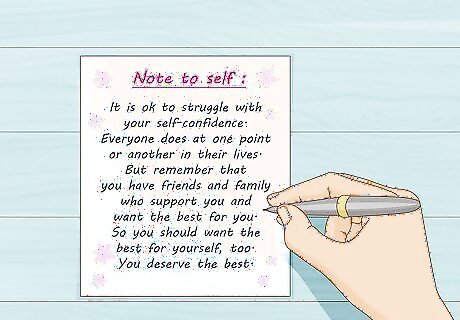
Write a reassuring note to yourself. Feelings of inadequacy or a low self-esteem may be causing you to find comfort in chocolate. If this is you, try boosting your confidence by writing a note to yourself. Alternatively, set a realistic goal to boost your self-confidence. For example, if speaking in public is causing your anxiety and chocolate cravings, set a goal to improve your public speaking skills by taking a class. Write, for example, “It is ok to struggle with your self-confidence. Everyone does at one point or another in their lives. But remember that you have friends and family who support you and want the best for you. So you should want the best for yourself, too. You deserve the best.”

Talk to a school counselor or a therapist. If your issues don't seem to be getting better despite your efforts, then you may need to find more serious help. Ask your primary care physician for a therapist referral, or call your local psychological association to find therapists in your area. You can also find therapists by contacting your community mental health center, or by asking a local religious institution, like a church or synagogue, for help.



















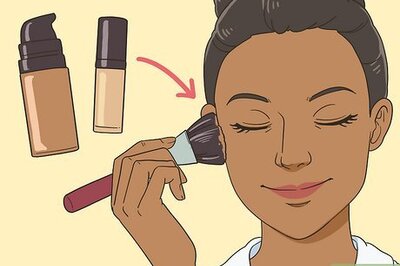
Comments
0 comment